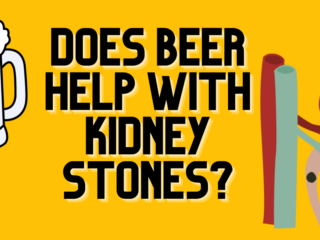Hypertension, or high blood pressure, affects half of the adult population in the United States, according to the Centers for Disease Control and Prevention (CDC). It tends to affect cisgender men more but is common in both genders. Men are more likely to develop the condition by a small margin: men (47 percent), women (43 percent).
Some call it the silent killer because many of these affected individuals do not know they have it. It doesn’t always present with symptoms, and, sometimes, can be secondary to another condition such as polycystic kidney disease.
When is Blood Pressure Considered “Too High?”
Guidelines established by The American College of Cardiology and the American Heart Association define stages of hypertension for diagnosis . Normal blood pressure has a systolic reading of less than 120mmHG and a diastolic of less than 80mmHG.
The elevated stage pushes the systolic number to less 129 but higher than 120. In the elevated stage, the diastolic pressure is less than 90.
Stage 1 indicates a systolic pressure of between 130 and 139 and a diastolic pressure of 90 to 99. Stage 2 hypertension has readings that are at least 140 for diastolic and 100 for diastolic. Any systolic blood pressure over 180 and diastolic blood pressure over 120 represents a hypertensive crisis. As the name suggests, a hypertensive crisis can lead to severe complications such as stroke or heart attack.
Although blood pressure typically rises and falls, consistent high numbers due to untreated hypertension can damage the heart and lead to long-term complications to the kidneys, eyes, and brain.
Disclaimer: this article does not constitute or replace medical advice. If you have an emergency or a serious medical question, please contact a medical professional or call 911 immediately. To see our full medical disclaimer, visit our Terms of Use page.








